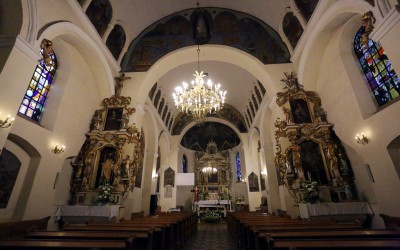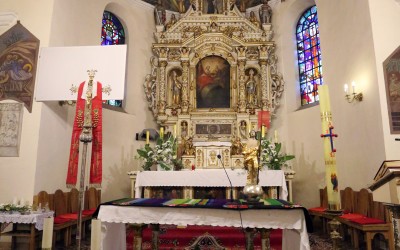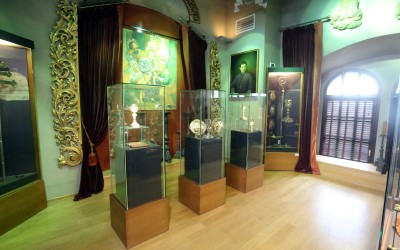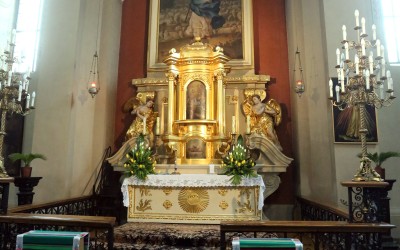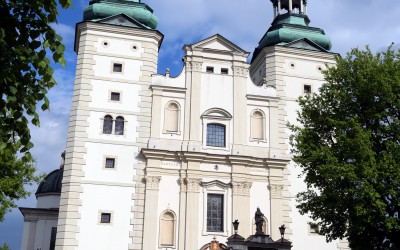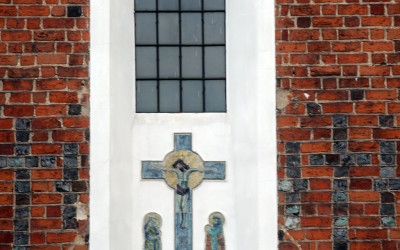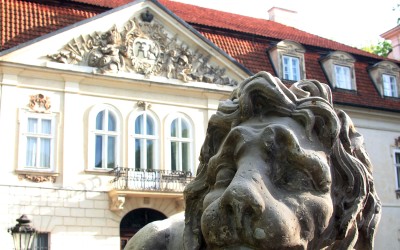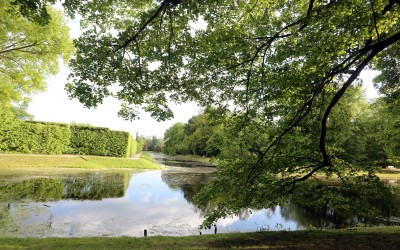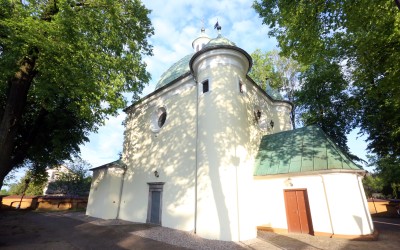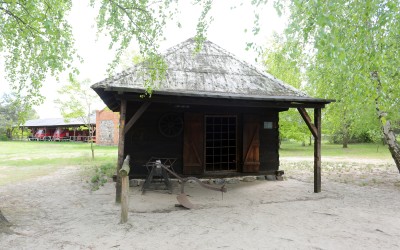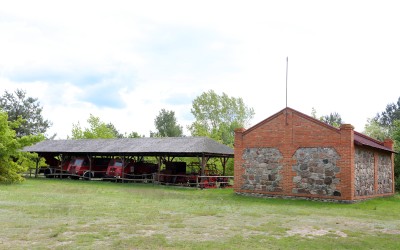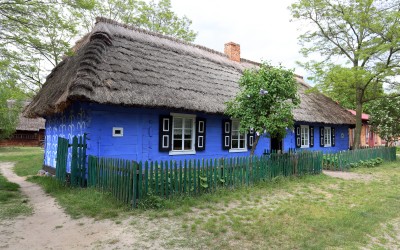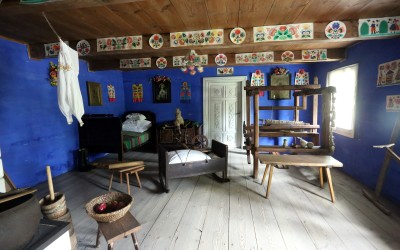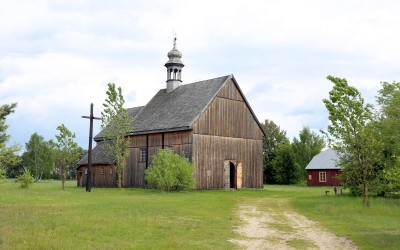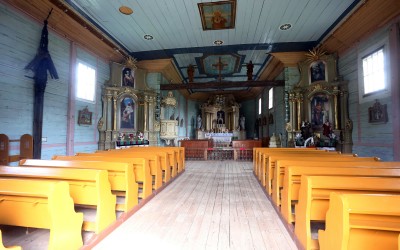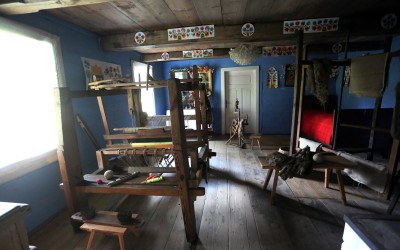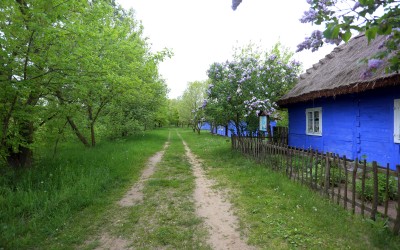Warning: Illegal string offset 'discover' in /wp-includes/class-oembed.php on line 210
Warning: Illegal string offset 'discover' in /wp-includes/class-oembed.php on line 210
Warning: Illegal string offset 'discover' in /wp-includes/class-oembed.php on line 210
Łowicz is a town and an urban commune in the Łódz voivodeship, in Łowicz county situated on the River Bzura. In the early Middle Ages, on the current site of Łowicz there was a fortified town. Łowicz was one of the first fortified towns of the Piast dynasty. The first notable historical mention of Łowicz appeared in a papal bull issued by Pope Innocent II in 1136, whereas Łowicz as a town is mentioned in 1298. From the 12th to 18th centuries Łowicz was the property of the archbishops of Gniezno. The town increased in importance in the 15th century, when it became a notable administrative and trade centre. The Roman Catholic primate’s residence in the castle in Łowicz has hosted Polish kings, such as Kazimierz the Great, Zygmund III Waza, and Jan III Sobieski, as well as representatives of foreign governments. During the period when Poland was without a monarch, and the Roman Catholic primate fulfilled the functions of head of state, the most important decisions for the nation were made in Łowicz. The town’s golden age was brought to an end by the Swedish invasion (in the mid-17th century). The castle as well as a significant portion of the town’s buildings were destroyed. The second partition of Poland in 1793 also marked the end of the archbishop’s authority. Łowicz fell into the hands of the Prussians, and from 1815 was under Russian authority. The town gained independence, together with the rest of Poland, in 1918. World War II caused serious destruction. The damage was particularly severe in September 1939, when, in the vicinity of Łowicz, fighting began between Polish and German forces as part of the Battle of the Bzura. During the German occupation, in September 1939, a camp for Polish prisoners of war was situated in the town. From 1940-1941, there was a ghetto in Łowicz, where more than 8.2 thousand people were contained, who were later moved to the Warsaw ghetto. The partisans were active in Łowicz and the surrounding area. The residents of the town and its environs, despite various threats over the course of their history, nurtured their culture and traditions. In recent years, Łowicz has again gained in importance, due to Pope John Paul II creating the diocese of Łowicz, with the town as the diocesan capital. The Pope visited the town in 1999 during his pilgrimage to Poland.
thousand of inhabitants
Parishes
Deaneries
number of parishioners in Łowicz Cathedral deanery
number of parishioners in Głowno deanery
number of parishioners in Łowicz deanery Holy Spirit
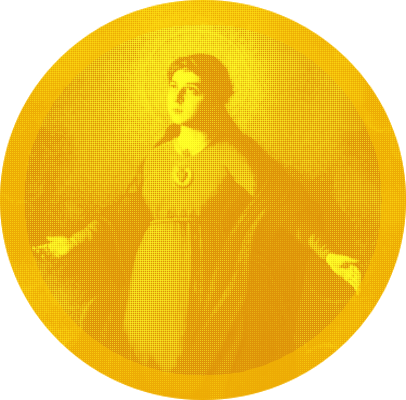

The capital of the diocese, Łowicz, was the birthplace of blessed Bolesława Maria Lament (1862-1946), as the oldest of eight children. At the age of 22, she joined the Congregation of the Family of Mary, which had been founded in secret, although, at the request of her confessor, prior to taking her final vows, she left. Eleven years later, in co-operation with blessed Honorat Koźmiński, she founded the Congregation of the Missionary Sisters of the Holy Family. The work of the congregation was primarily educational. Blessed Bolesława’s main concern was to protect young people from losing their faith and the spirit of their Polish homeland. During the entire period of her activity, Mother Bolesława set up bursaries, schools, and nursery schools. She also organised underground courses for children and youth. Her care was also focused on prisoners and homeless children and adults.

Blessed Father Franciszek Drzewiecki FDP (1908 – 1942) was born into a very pious family. As soon as he had finished primary school, he joined the Congregation of Don Orione. Following the completion of a degree in philosophy, he was sent by his superiors to Italy with the aim of continuing to study. After his return to Poland he commenced pastoral work in Włocławek, preaching , taking confessions, organising the adoration of the Most Holy Sacrament, teaching religion lessons. He was arrested by the Nazis together with some other priests in his area, and, did not take advantage of the possibility of being released, preferring to serve among others as a priest. He was finally taken to the concentration camp at Dachau, and sent to work in a herb plantation. As a result of frostbite, backbreaking labour, and exhaustion, he was sent to the gas chamber in Hartheim.

Arkadia – a romantic and sentimental park, laid out in the 18th century, it reflects antique culture. Buildings include: The Temple of Diana, an Aqueduct, a High Priest’s Shrine, the Gothic House from the Grotto of the Sibyl, a Stone Arch, and the gothic Murgrabia House.

The Cathedral Basilica of the Assumption of the BVM – a Baroque-Renaissance church dating back to the 12th century. It has three naves, and numerous chapels and side altars. One of them contains The Łowicz Madonna. The church was given the titles of “collegiate” in the 15th century, “cathedral” in 1992 (by John Paul II) and “minor basilica” in 1999. In the crypt the tombs of twelve Polish Roman Catholic Primates are to be found. The site as a whole, being of historical significance is often called the “Mazovian Wawel”

Nieborów – a Baroque palace dating from the end of the 17th century surrounded by an extensive park. Inside the palace a collection of pictures by European masters is to be found, together with examples of functional and decorative art and a library of antique printed books containing over 10,000 volumes of Polish and foreign works. To the rear of the palace is a French-style garden with a lapidarium and stone sculptures, and beyond the channel is an English garden.

General Klicki’s Residence – a romantic complex comprising a small palace, defensive towers, a chapel, and a keeper’s lodge, built in the first half of 19th century in the neo-gothic style. The palace houses a Gallery of Modern Paintings, as well as an exhibition about General Klicki.

Church of the Holy Spirit – the oldest brick-built church in Lowicz, built in 1404 in the Gothic style with a single nave. It is a parish church in which blessed Boleslawa Lament, the foundress of The Congregation of the Holy Family was baptized.

The Shrine of Our Lady of Consolations of the Afflicted, Domaniewice – a Baroque chapel dating from the 17th century. An original 18th century organ facade is to be found inside, in the shape of a crowned eagl which is regarded as one of the most interesting organ facades in the world

The Church of the Visitation of the Blessed Virgin Mary, Bielawa – erected in the first half of the 15th century, this is a Gothic church, with interior Baroque elements.
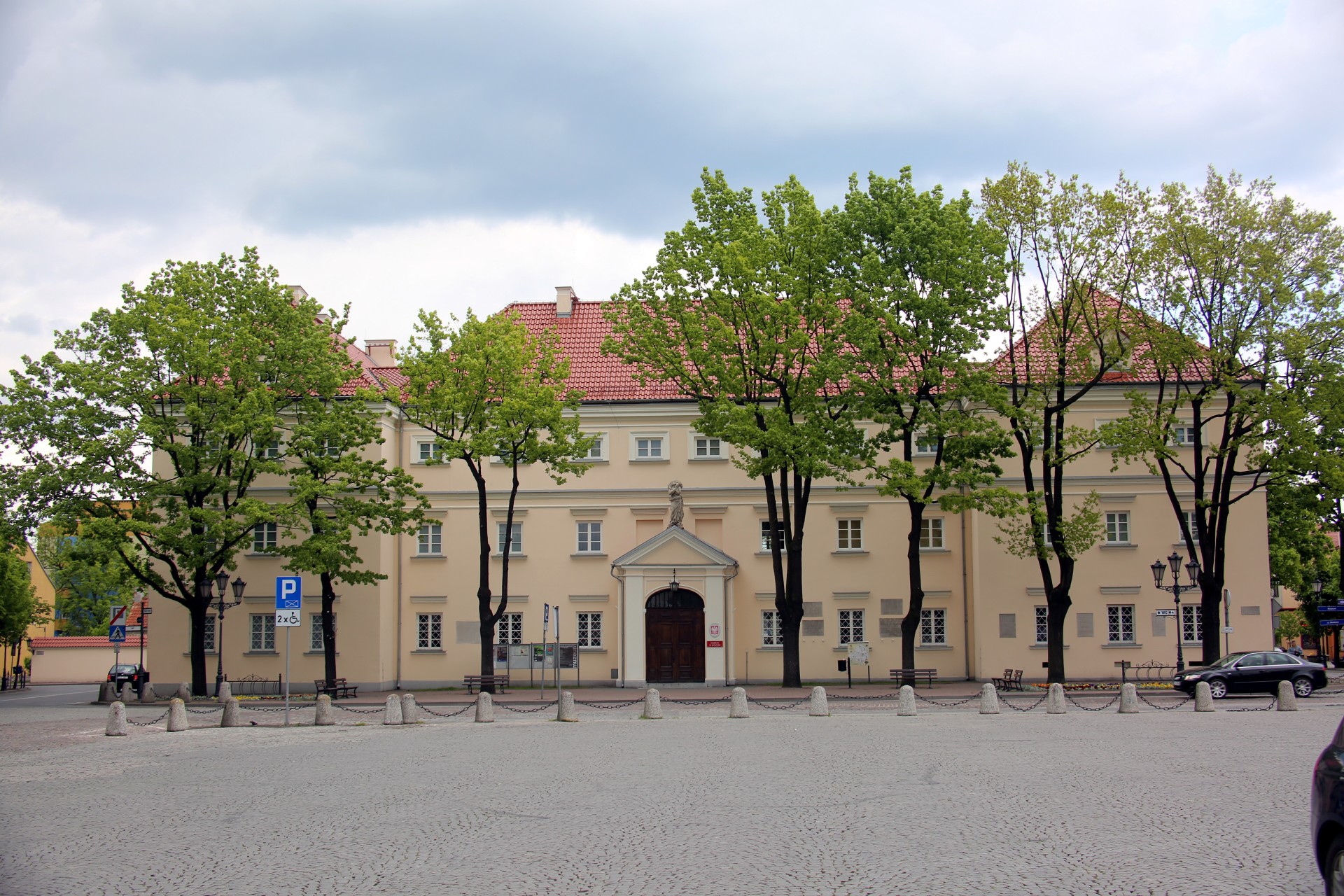
The Museum– a building which once belonged to the Vincentian Fathers and used to be a primate theological seminary. The monumental building in Baroque style was erected at the beginning of the 18th century. It is now a museum to honor the history of the town and the whole region as well as the cultural achievements of the inhabitants. The museum features models and photographs of the architecture of the region, agricultural implements, craftwork, a collection of traditional Łowicz costumes and cottage decorations.

Maurzyce Open-Air Museum – the museum presents buildings typical of villages in the Lowicz area at the turn of the 19th century. The collection includes: houses and household equipment in use at that time, a church and rectory, a mill, agricultural buildings, a wayside chapel, a bread oven, a variety of agricultural machinery, and an exhibition of firefighting vehicles. Close to the museum, over the River Sludwia is one of the most famous bridges in Poland, a class 0 monument; the first welded road bridge in the world.

The Monument of St. John Paul II– it was put up to commemorate the papal visit to Łowicz in 1999. The monument was designed by Stanisław Słomin.


In the mid-19th century, in a village called Boczki, near Łowicz, became the birthplace of Józef Marian Chełmoński (1849 – 1914), known all over the world as a painter representing the school of realism. He learnt to draw in the Warsaw School of Drawing, and in the studio of Wojciech Gerson. He later studied at the Munich Academy. Chełmoński travelled all over Europe, and finally purchased the small manor house in Kuklówka near Radziejowice. His paintings were mainly of nature, the face of which he represented with great authenticity. Among his works are also to be found pictures of Polish and Ukranian village life. His most famous paintings include, Departing Cranes, Indian Summer, Four-in-Hand Storks. An exhibition of some of his work can be viewed in Radziejowice.

Władysław Dominik Grabski (1874 – 1938), entered the world in Borów on the River Bzura, near Łowicz. After finishing studies in France, he returned to Poland, and continued his academic pursuits, concerning himself mainly with rural themes. He established the second research station in Poland, an agricultural factory, a peasants farming circle and one of the first dairy cooperatives. He also set up farming schools, and a credit unions for peasants. Grabski was also a skilled politician and economist. In 1924 the government, of which he was the leader, introduced a new currency to Poland, replacing all others – the Polish zloty.

Stefan Starzyński (1893 – 1943), was a politician, the president and defender of Warsaw against the Nazis. During his youth, he lived in Łowicz with his parents. He is principally known for his heroic defence of Warsaw during the Nazi attacks. Not only did he refuse to leave the city, but he helped the residents to develop a civil defence network. He upheld the spirit of national resistance with his ardent speeches broadcast by radio. After the fall of Warsaw, he was one of the architects of underground resistance. He was shot by the Gestapo.
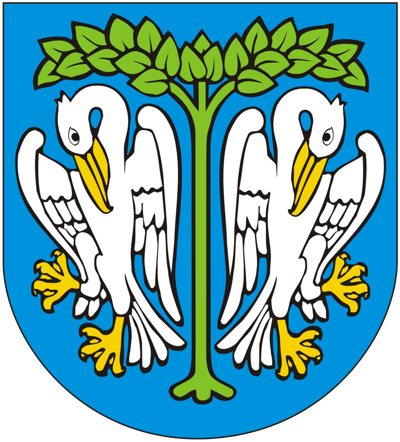
City Łowicz - the official partner organization of the World Youth Days in the Diocese Łowicz
Registration

















